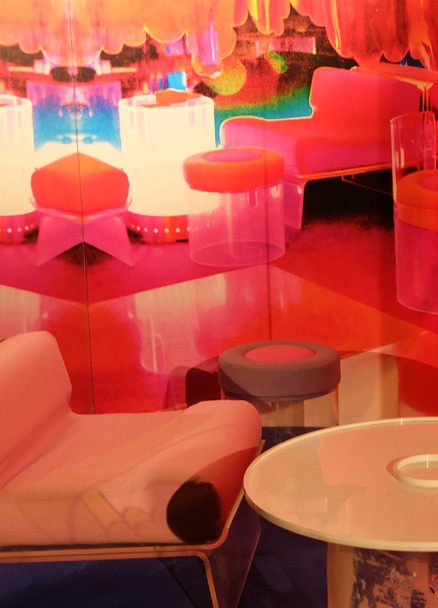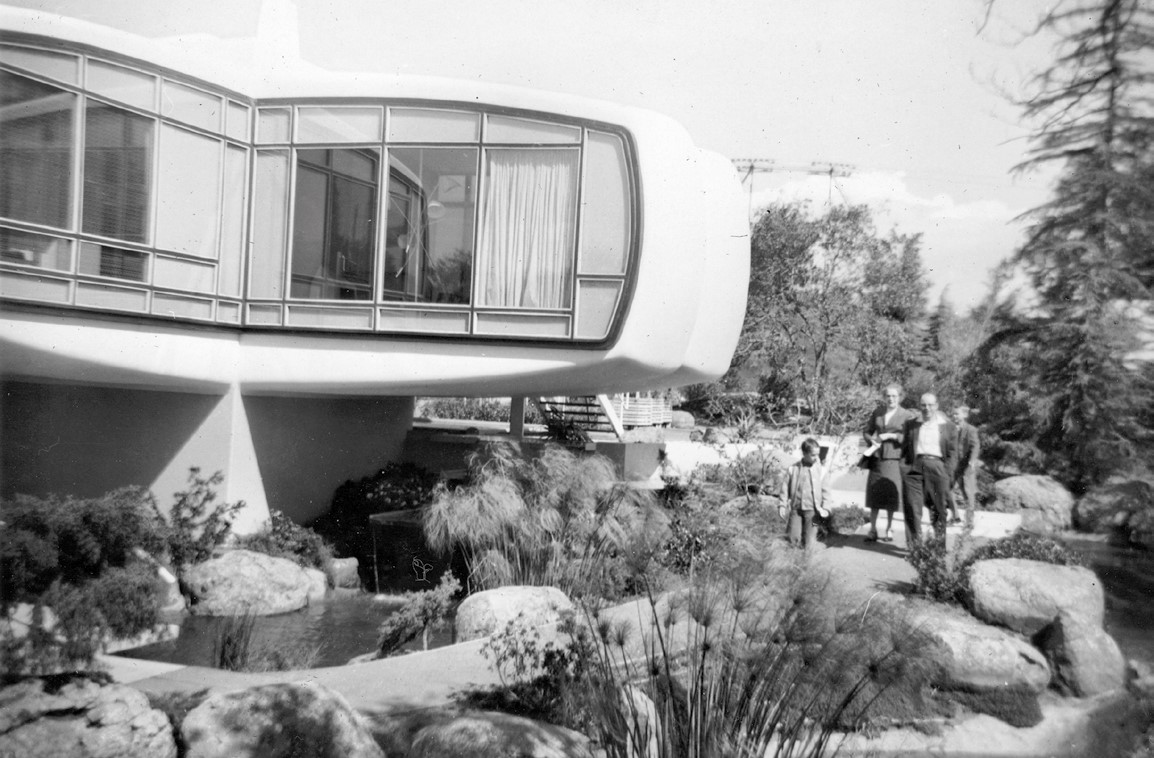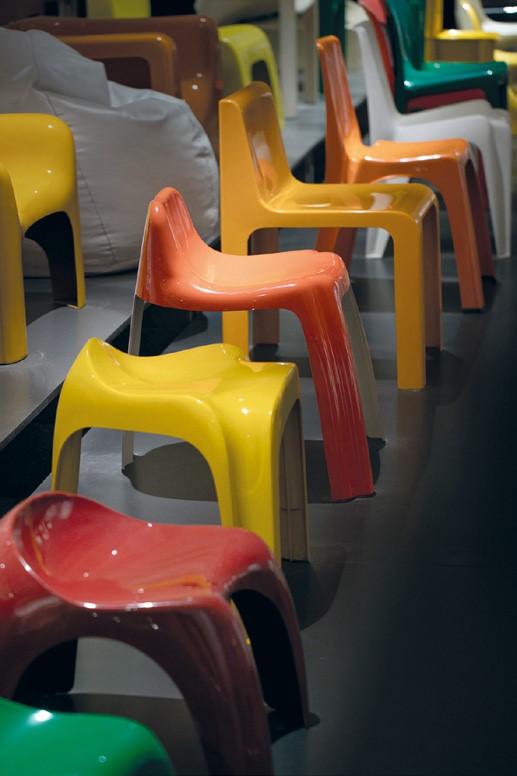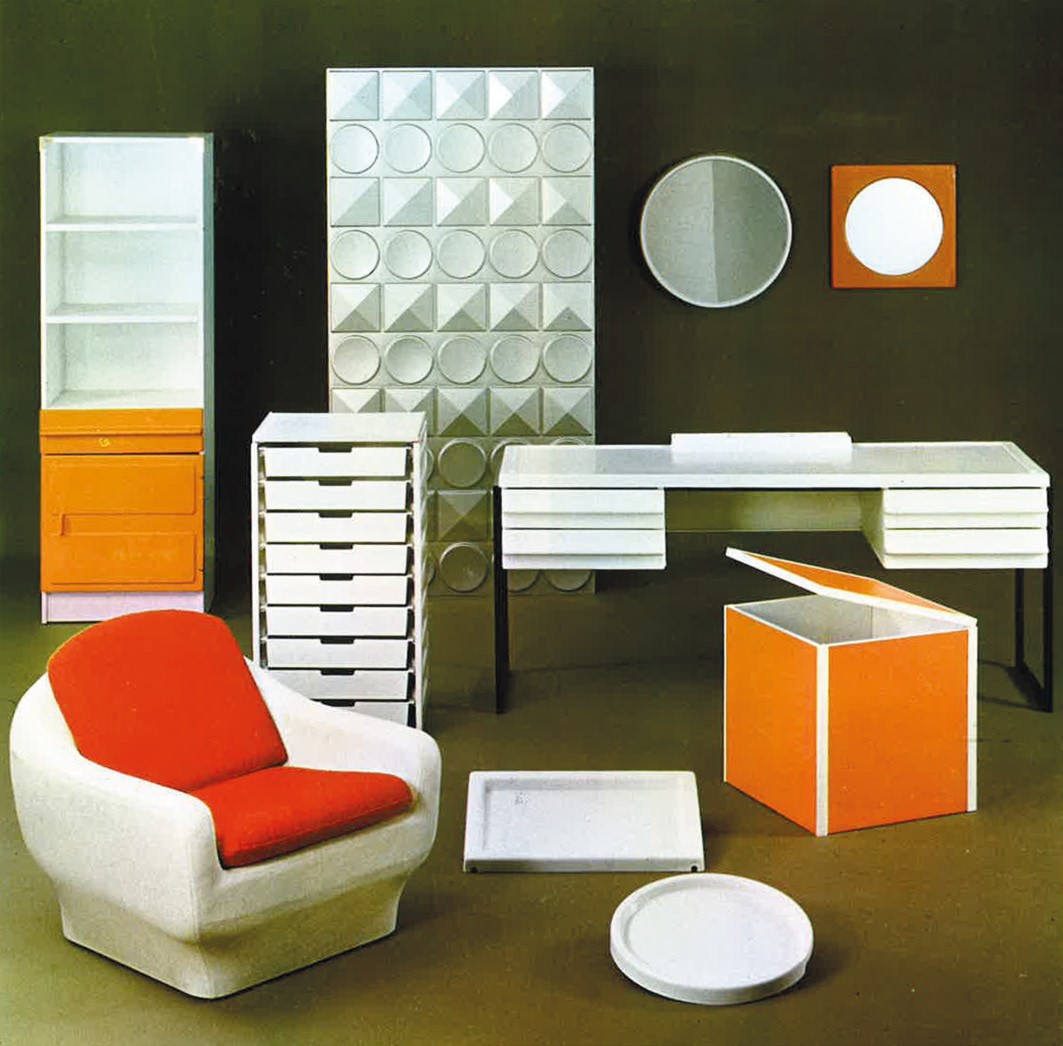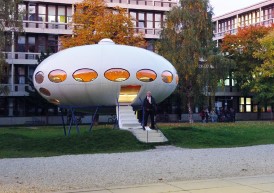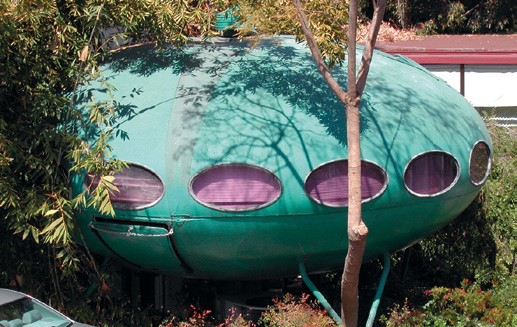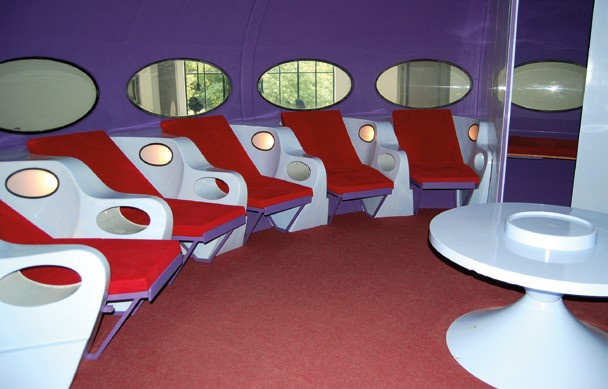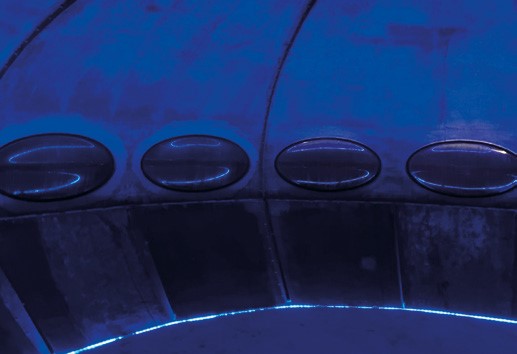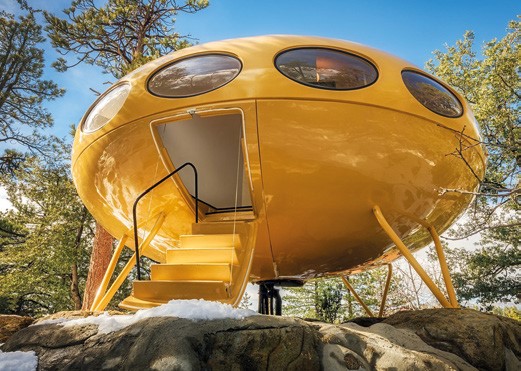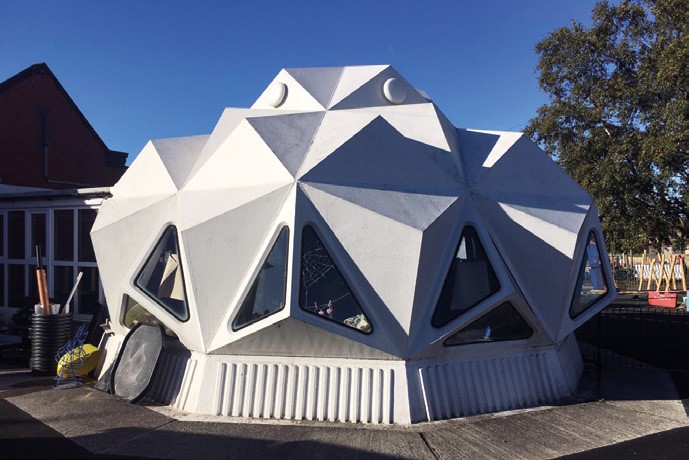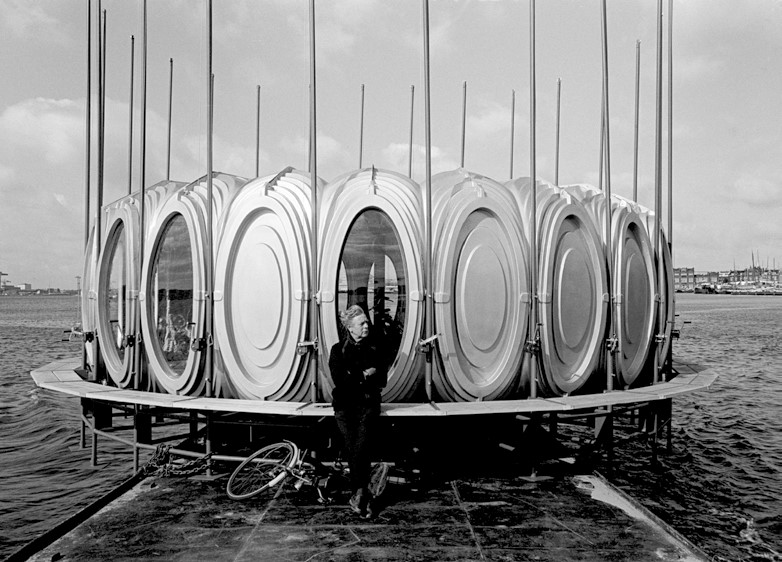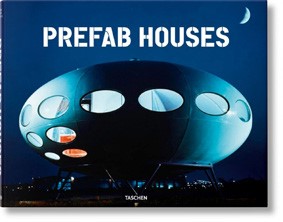
Editors: Uta Pottgiesser, Wido Quist
Guest editors: Zsuzsanna Böröcz, Robert Loader, Silvia Naldini
Keywords: Plastic materials, synthetic materials, interior design, interiors, Modern Movement, Modern architecture
This Docomomo Journal 66 on plastic is the result of collaboration between the Docomomo International Specialist Committees of Technology (ISC/T) and that of Interior Design (ISC/ID) bridging the disciplines from product to interior design and to architecture. It is an expression of the broadened dialogue within Docomomo International. Combining methodologies and knowledge of a wide range of disciplines has become a prime goal within Docomomo International encouraging and facilitating the exchange between the International Specialist Committees (ISCs) and the national and regional Working Parties. The present publication is the first manifestation of this new effort and combines the spirit of the multi-facetted technology dossiers into a fully-fledged journal bridging documentation and conservation.
Editorial
-
The Docomomo Journal looks back to a long history and has started as a ‘newsletter’ in in August 1989 to facilitate the communication among the young docomomo community. Since then, the responsibility for the journal has moved with the headquarters and each generation of the journal has developed its own characteristic and focus. Since 1993 the ‘newsletter’ evolved into a thematic journal, reflecting the archival and on-site research on Modern Movement materials, technologies and typologies executed by individual members and Specialist Committees. The journals 9-26 shed light on the...
Introduction
-
This Docomomo Journal on plastics is the result of collaboration between two Docomomo International Specialist Committees1 (ISCs): the Committee for Technology (ISC/T) and the recently formed Committee for Interior Design (ISC/ID). The two ISCs hosted, together with the Dutch and Belgium Working parties, successive specialist events in October 2017 (TU Delft) and March 2018 (University of Antwerp) which served as a platform for networking, discussion and, subsequently, for dissemination of knowledge on plastics in Modern Movement architecture and design with in-person visits to relevant...
Essays
-
Over the last century the petroleum industry’s rapid growth has been accompanied by a steady flow of aggressively promoted petroleum-based products. The petroleumscape’s spatial expansion and visual representation achieved widespread citizen buy-in. Following World War II the use of plastic materials in the building industry significantly increased through efforts from architects and industry leaders. The House of the Future, built by MIT architects, the Monsanto Chemical Company, and Disneyland exemplified a modern lifestyle: clean, functional, and fun. The architectural and...
-
From the 1950’s onward, the myriad qualities of all plastic objects were praised without a second thought. This enthusiasm significantly delayed the awareness of their enormous impact and it took almost half a century to consider these objects a part of post-war culture. This essay aims to sketch the history of the appreciation of the relevance of plastics in the museum world, specifically as a part of design heritage, seen from the viewpoint of the collector and the conservator-restorer. The case of the Design Museum Brussels, established in 2015, shows how a collaborative and...
-
This paper discusses the production of plastic furniture in post-war Belgium. Plastics were commonly used to imitate wood in order to mass-produce traditional furniture in popular styles. This provoked strong reactions from the traditional furniture industry protecting their trade, and from modernists, who rejected the “dishonest” use of materials. The Meurop company was established in 1958 with a policy to offer good design at affordable prices. Targeting the new European market, Meurop developed its own distribution system of shops that covered Belgium, Luxembourg, The Netherlands,...
-
This paper focusses on the presence of visible synthetic materials (plastics) and finishes from the 1960s in the interior of office buildings. Although the ongoing research on synthetic materials as art pieces is well developed, building components from the interior and exterior of Belgian patrimony have not yet been studied, and remain undervalued as integral components of heritage buildings. The research presented in this paper tackles this issue by examining two specialized Belgian journals, namely La Technique des Travaux and La Maison. A selection of case studies from these two...
-
The Futuro by Matti Suuronen reflects the confidence in the possibilities of plastics as a new building material of post-war times. A number of the 70 to 100 Futuros that were built worldwide still exist and, generally, they are now being preserved. A comparison of four restoration approaches of Futuro Houses, dating from 2007 to 2018, has given insights into the specific constructive features, modifications and the challenge of their complex materiality and innovative design. This explains the complexity of the conservation process.
-
Space Age aesthetic was manifest in the 1960s and embodied in plastic, prefabricated houses. After several decades, the acquisition and restoration of Futuro houses can be a challenging process. The freedoms in the implied promise of the Futuro houses are tested against realities of logistical and building codes for which non-standard solutions are required.
-
The Futuro house was designed in 1968 by the Finnish architect Matti Suuronen. Its prototype, Futuro no. 000, currently in the collection of the Museum Boijmans van Beuningen in Rotterdam, underwent a major conservation treatment at the time of its acquisition a decade ago. The construction, the architectural details and the surface of fiberglass reinforced polyester (GRP) elements had suffered from transport and handling during the many assemblies on various sites, indoors and outdoors, over the previous decades. Before starting the restoration a research project was set-up to...
-
The restoration of the Futuro house in Corfu is complicated by being both an art object and a living space. The glass-fiber reinforced polymer (GFRP) materials showed damage that could be related to ageing and exposure to the local, unfavorable environmental conditions (light, humidity and temperature). In order to establish the technical condition of the building, non-destructive techniques were used. Additionally, indoor air quality was tested. The research has shown that the most relevant causes of damage to GFRP materials are moisture, exposure to sunlight and thermal changes. The...
Conservation Issues
-
The four Futuro case studies (Futuro No. 000, Corfu-Futuro, Donaldson-Futuro, Munich-Futuro) presented in this journal document conservation approaches to plastic buildings and elements – in this case, glass-reinforced plastic (GRP) sandwich panels. They contribute to the definition of general conservation approaches, and at the same time reveal the knowledge gaps related to their individual histories and the necessity of a framework for managing interventions that are suited to GRP sandwich panels. The history and physical fabric of the selected Futuros, and the interventions done are...
-
From the 1950s to 1970s a handful of architects and designers developed the use of glass-reinforced plastic (GRP) for external building skins that expressed the nature and possibilities of the material. External panels were designed as non-structural interchangeable cladding and also as structural folded plates and shells.
Many GRP buildings were designed as temporary structures and have long since disappeared. Some have survived and, in England, a few have been recognised with listed status for their architectural quality. At about fifty years of age the condition of polymeric...
Technical Issue
-
This article describes the use of glass-reinforced polyester (GRP) in Preston Bus Station in Lancashire, England, designed by Building Design Partnership (BDP) and completed in 1969. GRP was used both for concrete moulds that play a key role in enabling the construction of the building’s distinctive elevation, and for kiosks, signage and smaller fittings. A survey of articles shows that the use of GRP for concrete moulds enabled innovative and efficient construction and this practice continues to date. Some smaller fittings in GRP which were expected to be durable and maintenance-free...
Heritage in danger
-
The ‘Shelter’ is a fantastic example of a circular plastic house with a diameter of 8 m that is somehow comparable to the ‘Futuro’. It was conceived by the Dutch interior architect Kor Aldershoff, who developed a prototype in glass-reinforced polyester (GRP) shells held on a metal frame (1971). This kind of house is unique for the Netherlands and therefore of great importance. The ‘Shelter’ was meant for providing a home for refugees in Africa. The prototype was light and could also float on water. The production of the metal supporting frame was entrusted to the Nederlandse Dok en...
Book Reviews
-
Among the broad selection of publications on plastics are two in particular that have been selected for a detailed response. The oldest, ‘The Plastics Architect’, was clearly written for architects and designers as something of a primer for understanding the material, ‘how to do it’ and ‘why you should love it’. It is most likely that the book was largely written before the 1973 oil shock, but its publication in March 1974 coincided with the end of the crisis by which time the price of oil had risen 300%. The economic viability of plastics in building was much reduced and there is a...


